These Are the Most Toxic Minerals Known to Scientists
There are around 5,500 minerals on the earth. Many, like gold, silver, and quartz, are used to make jewelry and decorative pieces. Others are highly toxic and should be avoided at all costs.
Here are 10 of the most fascinating yet highly toxic minerals that can be found around the world.
Asbestos
In the modern era, almost everyone has heard of the dangers associated with asbestos, a silicate compound made up of six separate minerals. It was once used to fireproof and strengthen industrial and commercial building materials.
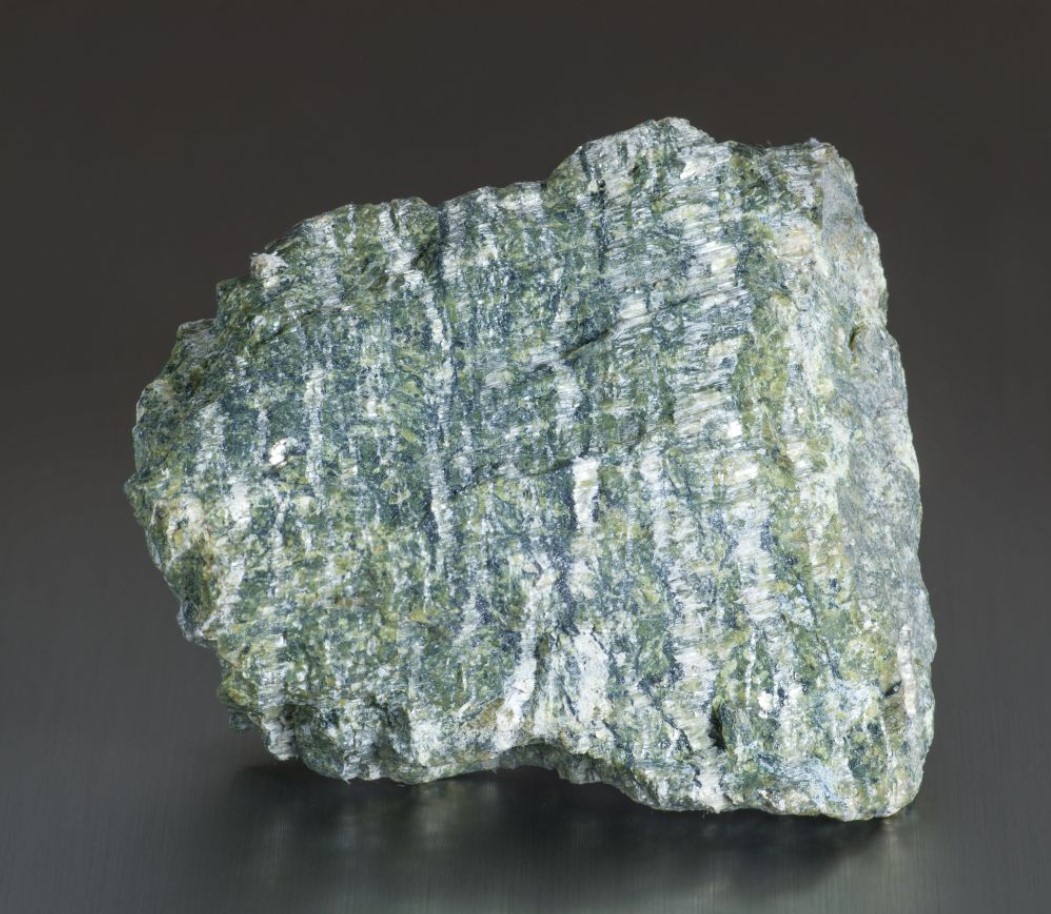
Source: Minerals Education Coalition
That was until scientists discovered that it was prone to breaking off into small dust particles that could be inhaled into the lungs, causing a plethora of health problems, including lung cancer.
Stibnite
Stibnite is a highly toxic mineral that’s been used in the production of cosmetic products for many millennia.
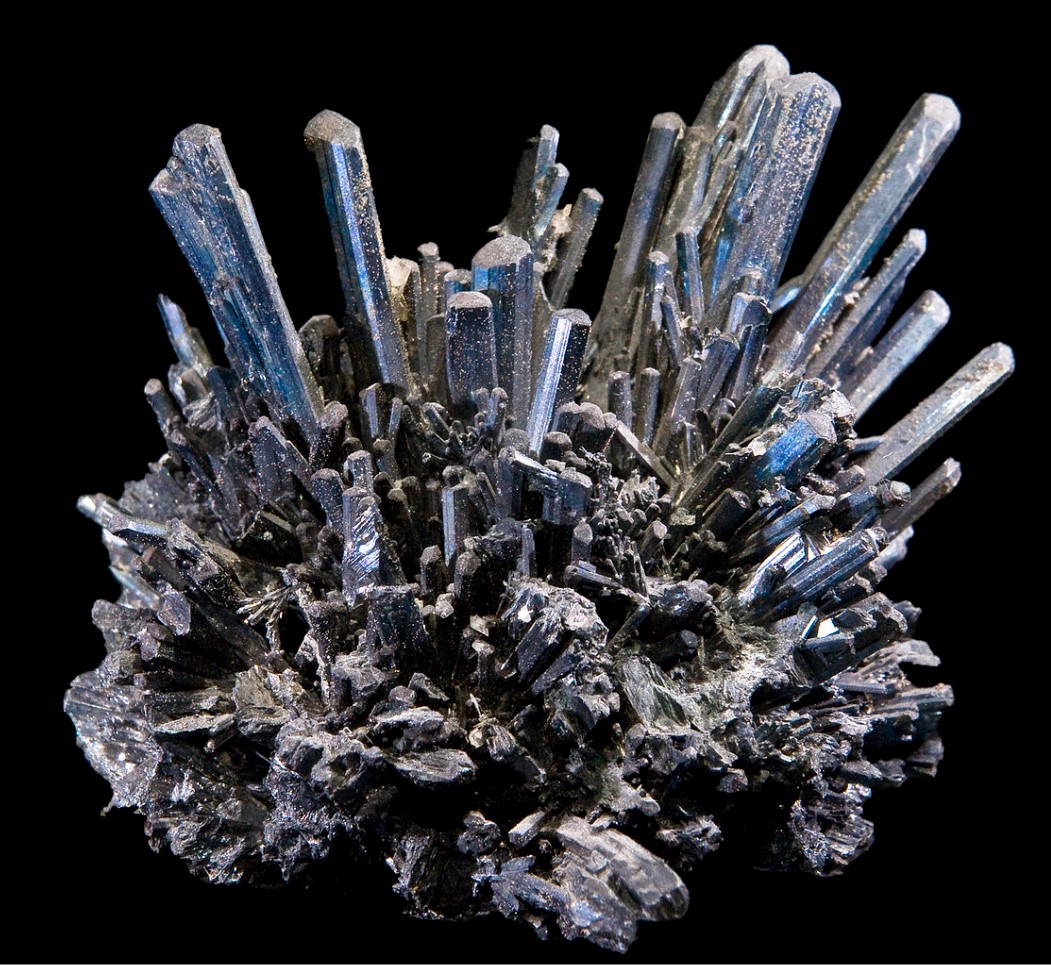
Source: Wikimedia
The toxic compound within stibnite is antimony, and if ingested, it can bring forth symptoms similar to arsenic poisoning.
Chalcanthite
Chalcanthite is a beautiful blue mineral that has been used to ore copper over the past few centuries. However, as the mineral is highly water soluble, if the environment in which it’s used isn’t kept dry, it can dissolve.

Source: Wikimedia
The copper contained within chalcanthite is toxic to both plant life and humans, and if ingested in high quantities, it can cause severe health problems.
Galena
Galena is an abundant mineral that forms exquisite silver cubes. It is commonly used in the production of lead.
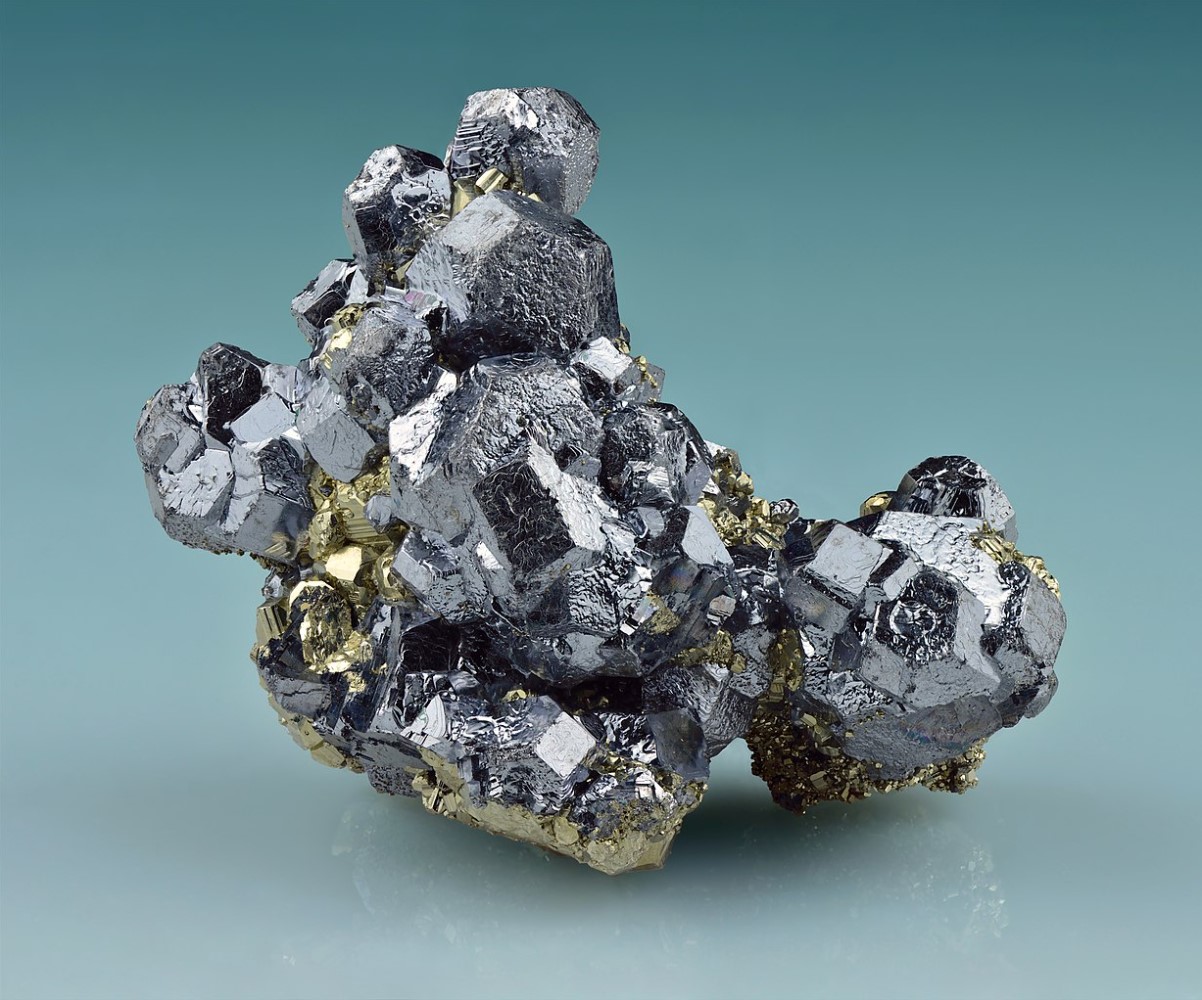
Source: Wikimedia
The dangers associated with galena come when it is ingested or inhaled. Further risks come from its use in making lead, as the final product is extremely toxic, and the body cannot expel it. Eventually, if enough lead builds up in the system, it will lead to various forms of cancer.
Cinnabar
Cinnabar is another widely used mineral, providing the world with the majority of its elemental mercury.
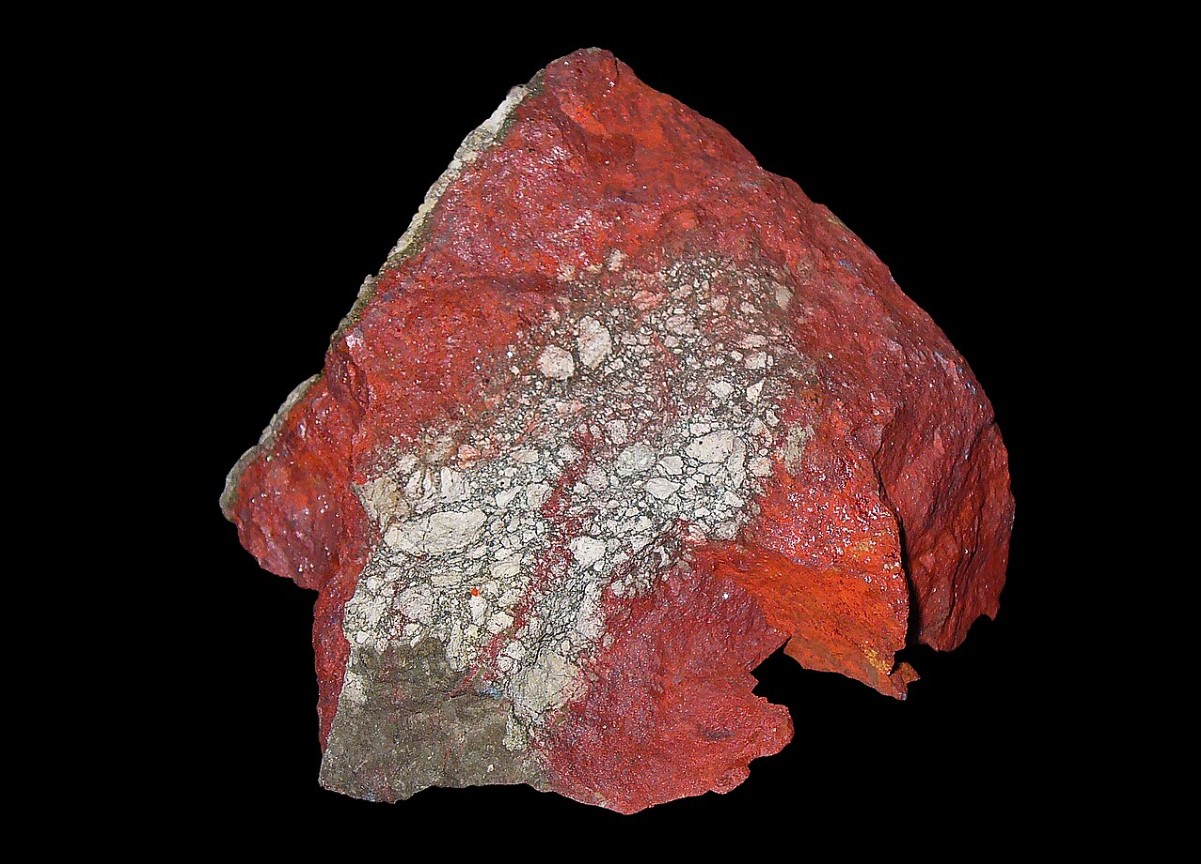
Source: Wikimedi
However, dangers arise when cinnabar oxidizes, as it creates dimethyl mercury and methyl mercury, both of which are extremely detrimental to the nervous system.
Torbernite
Torbernite is a mineral made from a combination of uranyl, phosphate, and hydrated green copper. It is typically found in granites alongside uranium, which makes it radioactive and extremely dangerous.
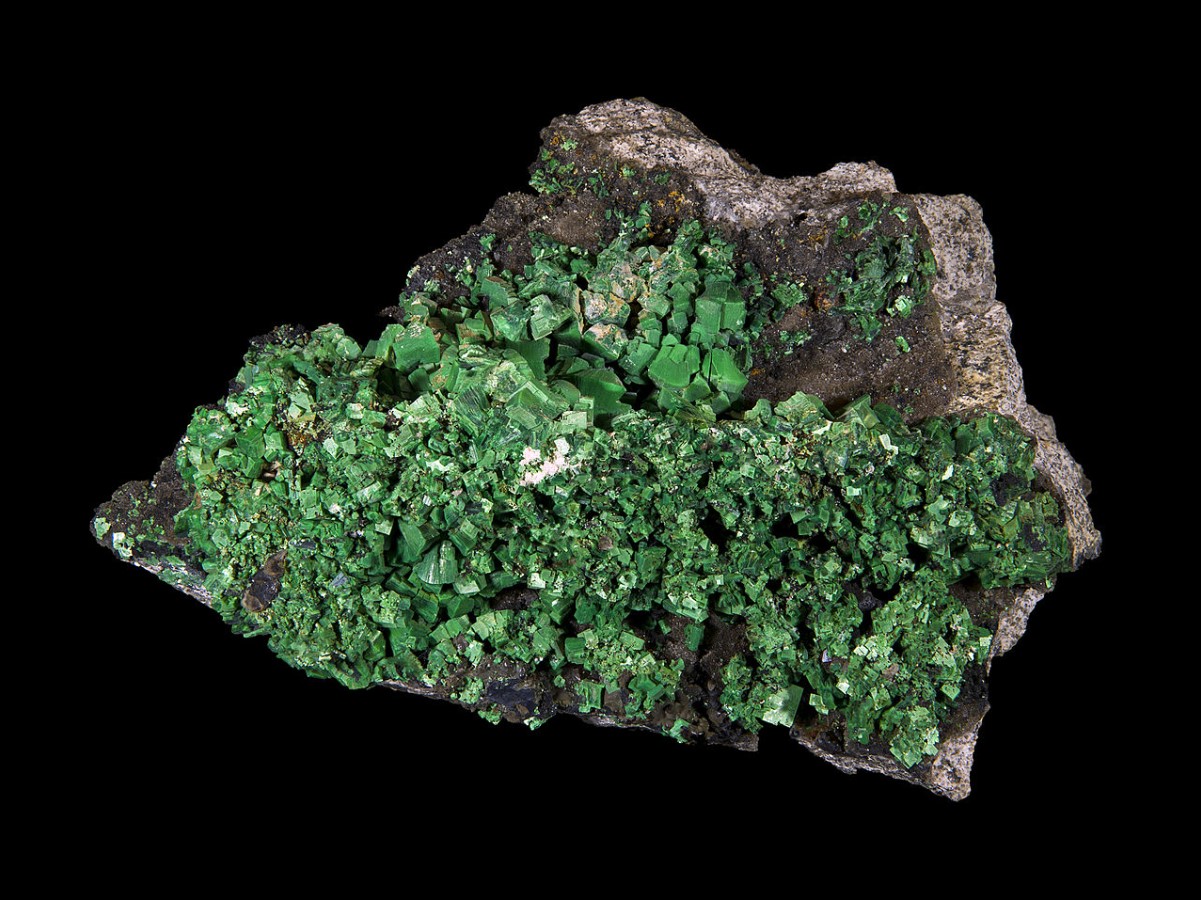
Source: Wikimedia
Radon is naturally released by tobernite. If humans are exposed to it over an extended period, it can result in lung cancer.
Orpiment
Orpiment is a stunning yellow-orange arsenic sulfide mineral generally found in hot springs and hydrothermal vents.
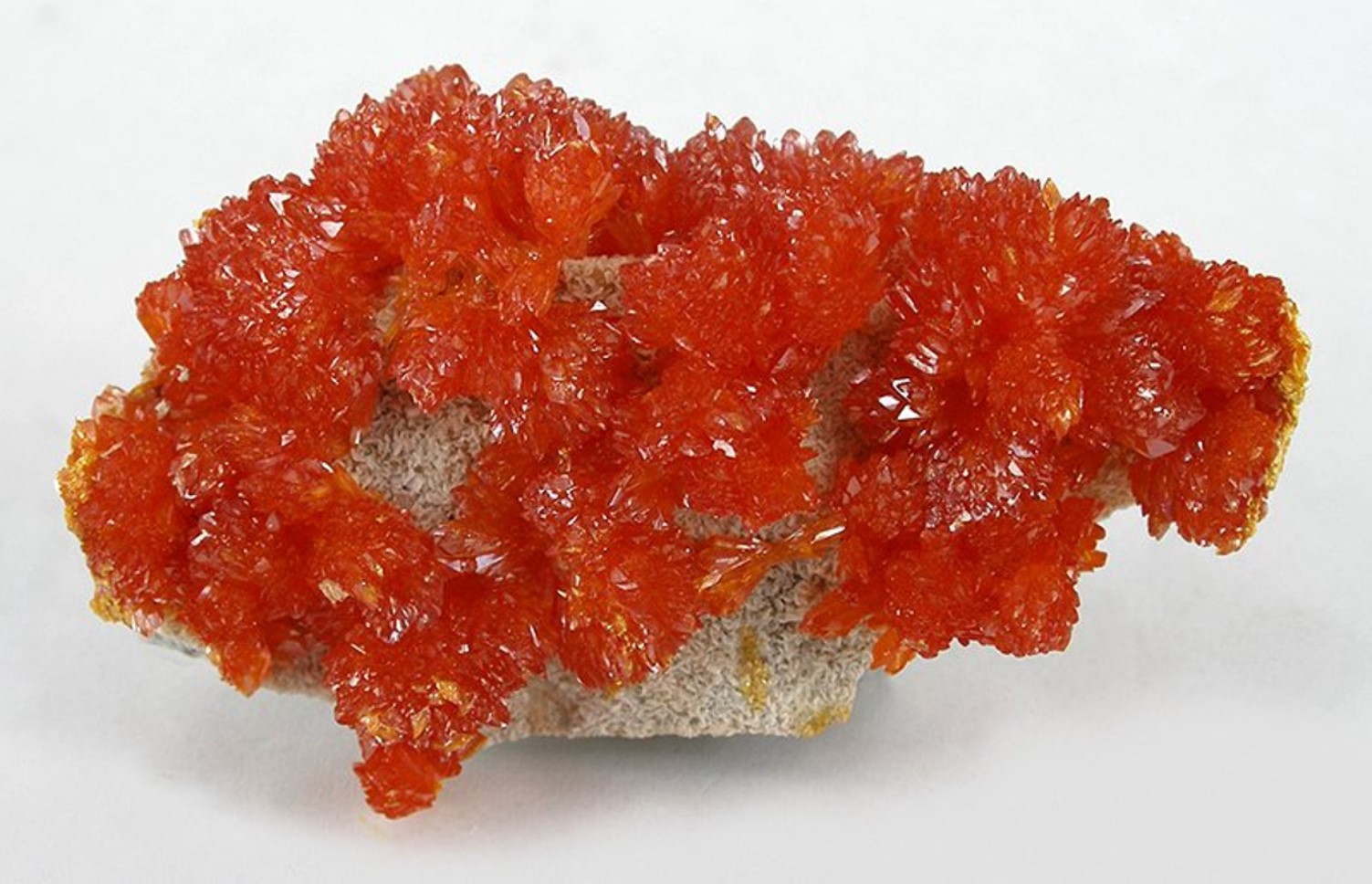
Source: Wikimedia
The mineral was once used in Chinese medicine. However, it can be toxic should it be allowed to oxidize, and may lead to arsenic poisoning.
Hutchinsonite
Hutchinsonite is another mineral typically found in hydrothermal vents. It’s comprised of arsenic sulfide and thallium.
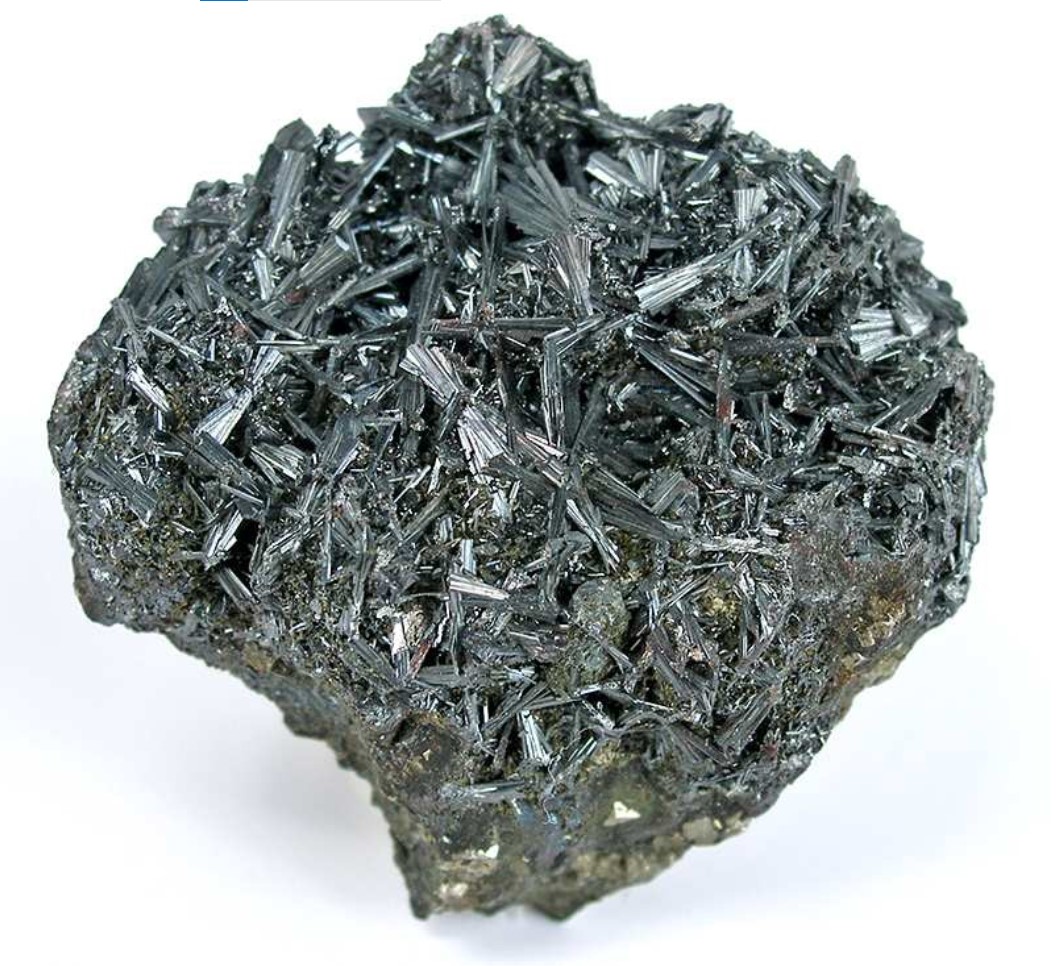
Source: Wikimedia
Thallium is commonly used in insecticides and rat poisons and is highly toxic if ingested. Exposure to hutchinsonite can lead to death in severe circumstances.
Arsenopyrite
Arsenopyrite is a mineral that has a fascinating metallic color and is comprised of iron arsenic sulfide.

Source: Wikimedia
The high level of arsenic contained within this mineral has potential toxic effects. If it is allowed to oxidize, it may become water-soluble arsenic, producing several horrible side effects for humans and the environment.
Riebeckite
Riebeckite is a mineral known for its unique fibrous texture. It is generally found in altered metamorphic rocks. In many instances, it is similar to asbestos and was used as a thermal insulator to make ceiling tiles and flooring.
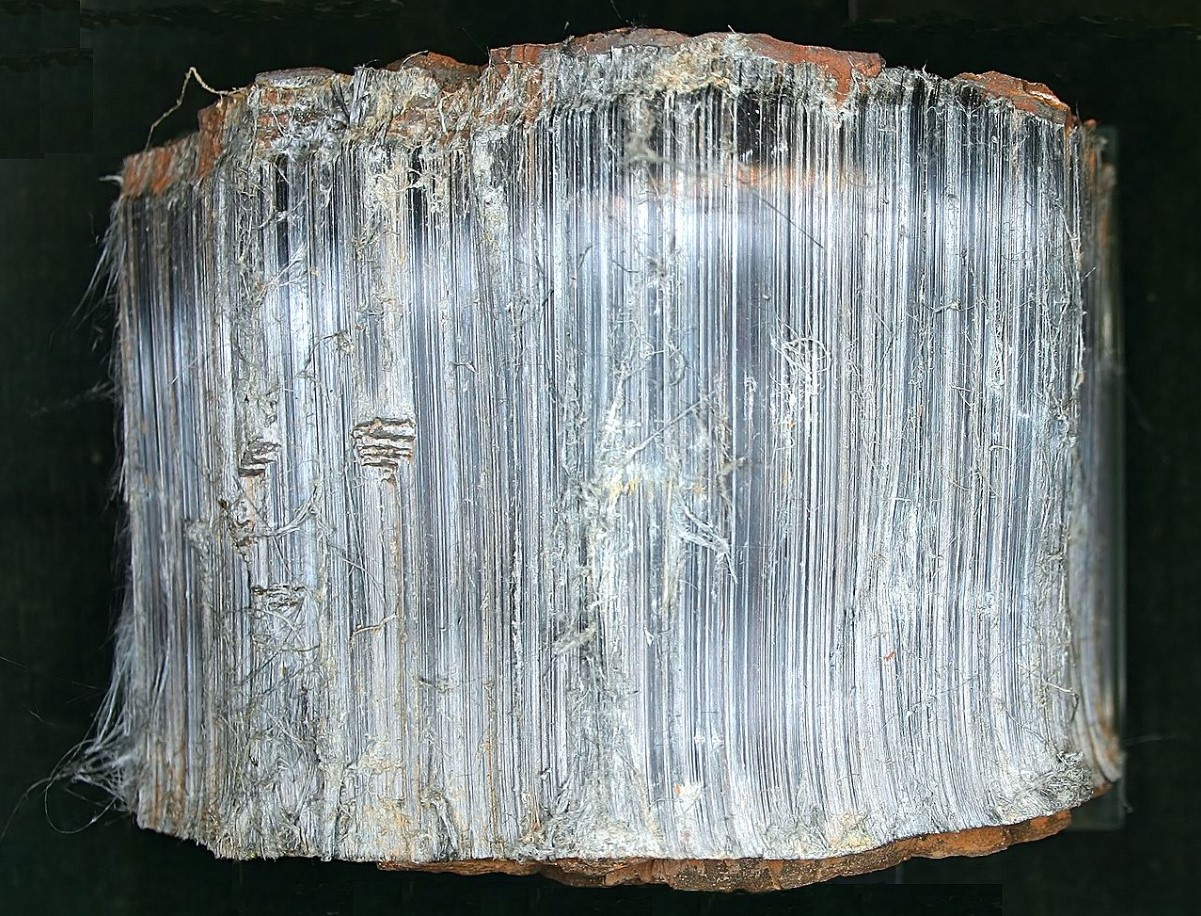
Source: Wikimedia
However, the mineral is also relatively toxic. The fibers, if inhaled, may lead to serious health problems, including asbestosis, lung cancer, and mesothelioma.
Fluorite
Fluorite is an abundant mineral that comes in many different colors. It has a unique feature in that it glows under ultraviolet light, a process known as fluorescence.
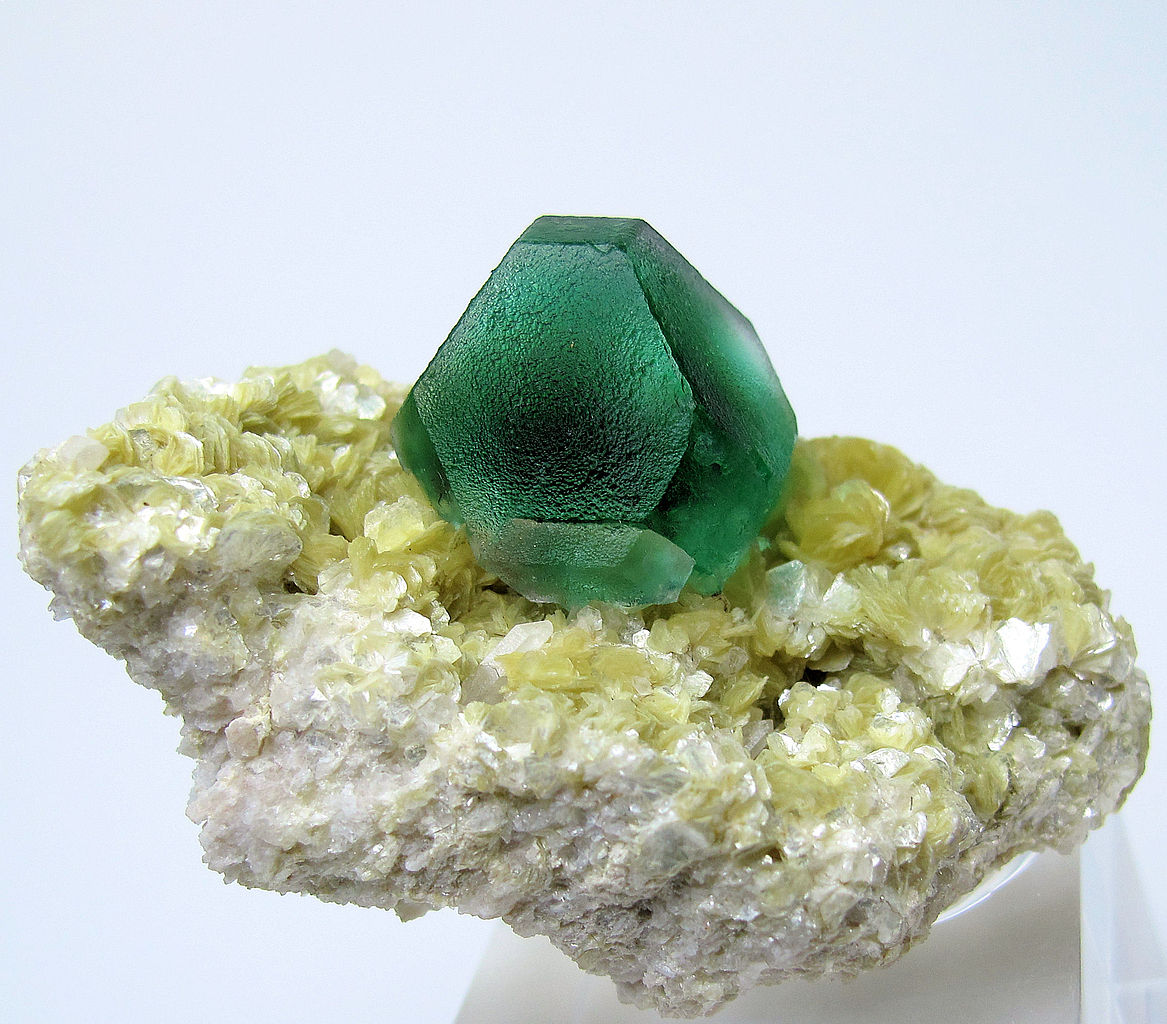
Fluorite
While it’s mostly safe to handle, you should be aware that dust from this mineral is highly toxic.
Malachite
Malachite is a mineral with a deep green color that’s earned it a relatively high level of popularity amongst crystal collectors.
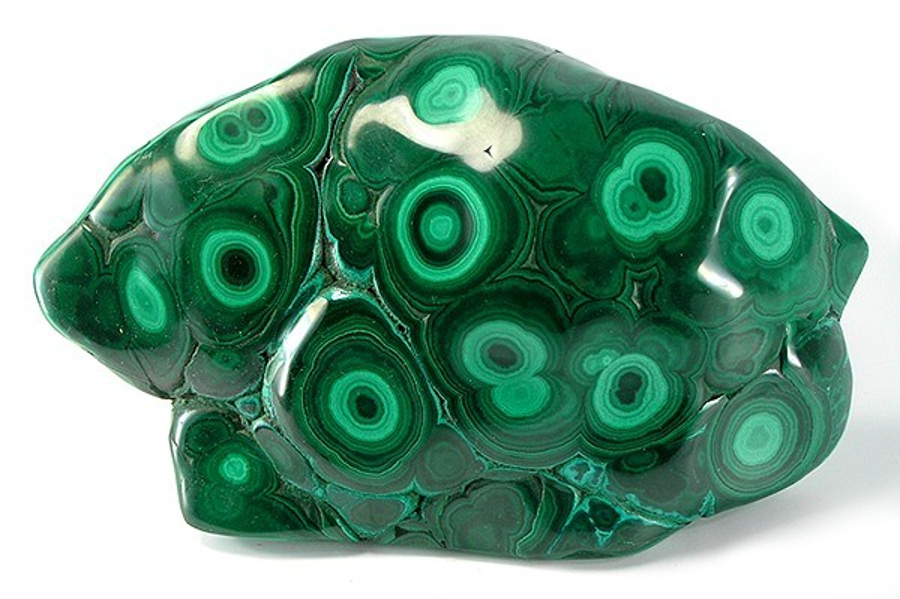
Source: Wikimedia
The crystals are safe to touch without the use of gloves. However, it does contain copper, which can become toxic in a high enough dose.
Lapis Lazuli
Lapis Lazuli is a beautiful blue rock composed of various minerals, including lazurite. It has been used to make jewelry in places like Egypt since ancient times.
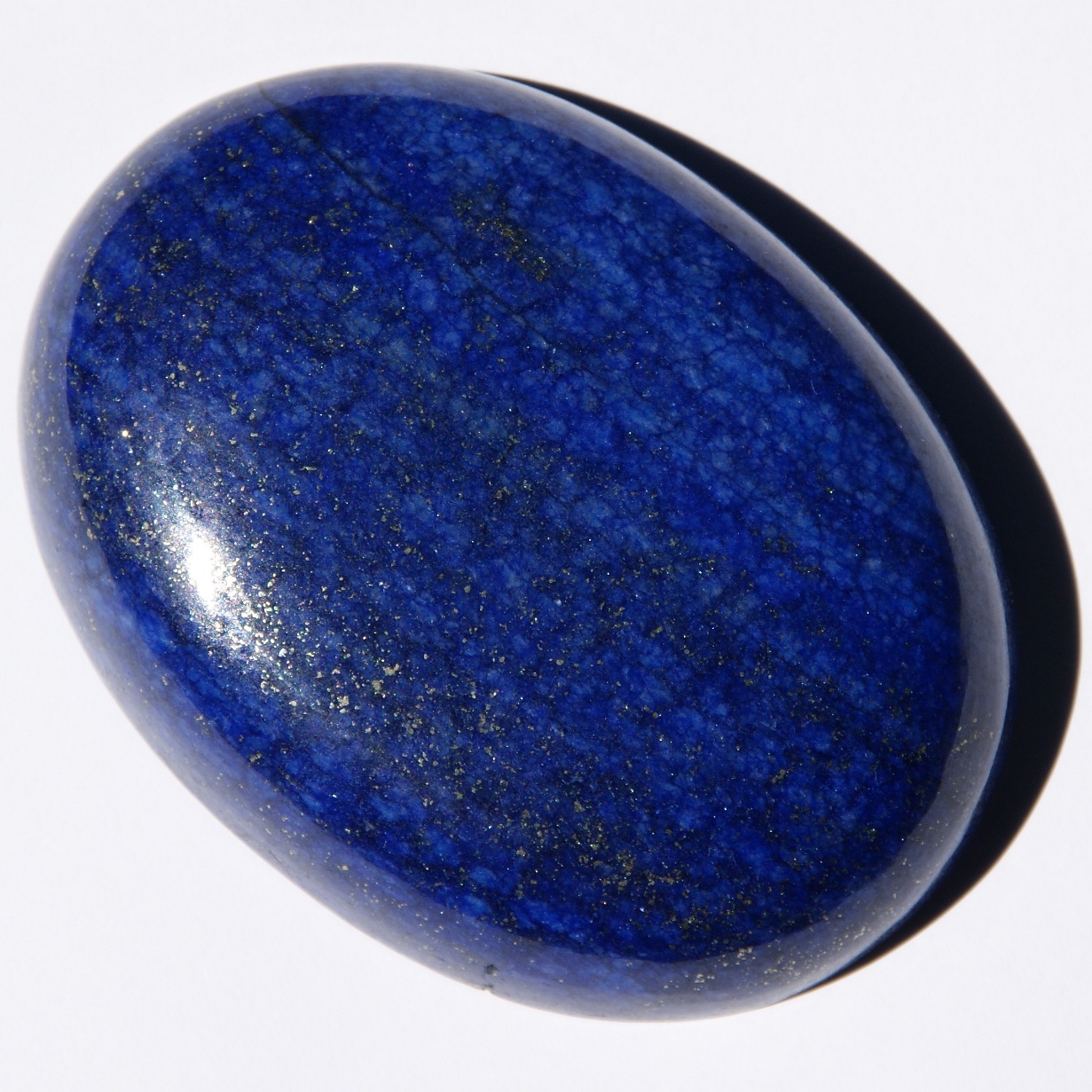
Lapis Lazuli Stone
While safe to handle, it can become toxic if you breathe in particles of the rock. So take precautions when cutting the Lapis Lazuli.
Actinolite
Actinolite, which is grey or green in color, has been used in various fire-resistant materials, like other members of the asbestos family.
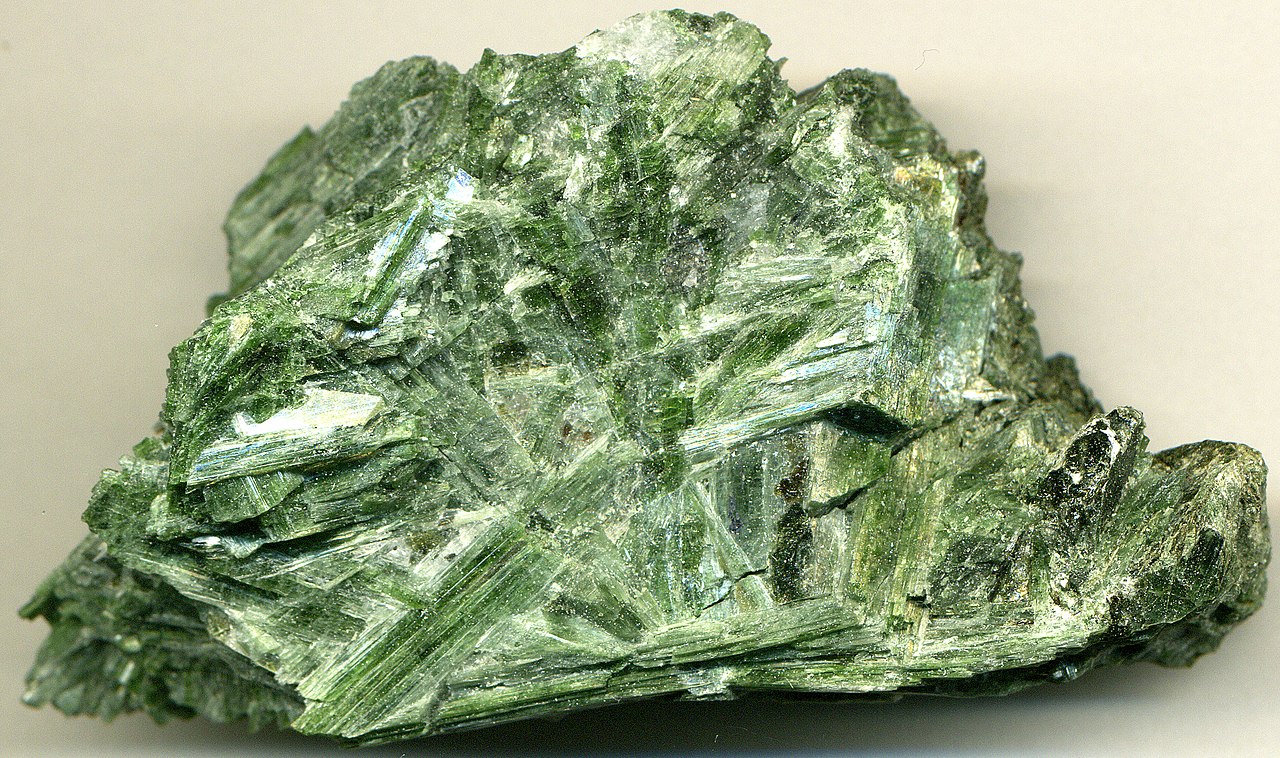
Wikimedia
So, like asbestos, it’s important to avoid breathing in dust from the mineral, as it can lead to severe lung problems.
Coloradoite
Coloradoite is a brittle mineral with a sparkling gold color. However, it does pose a risk to those who wish to keep it in their homes.
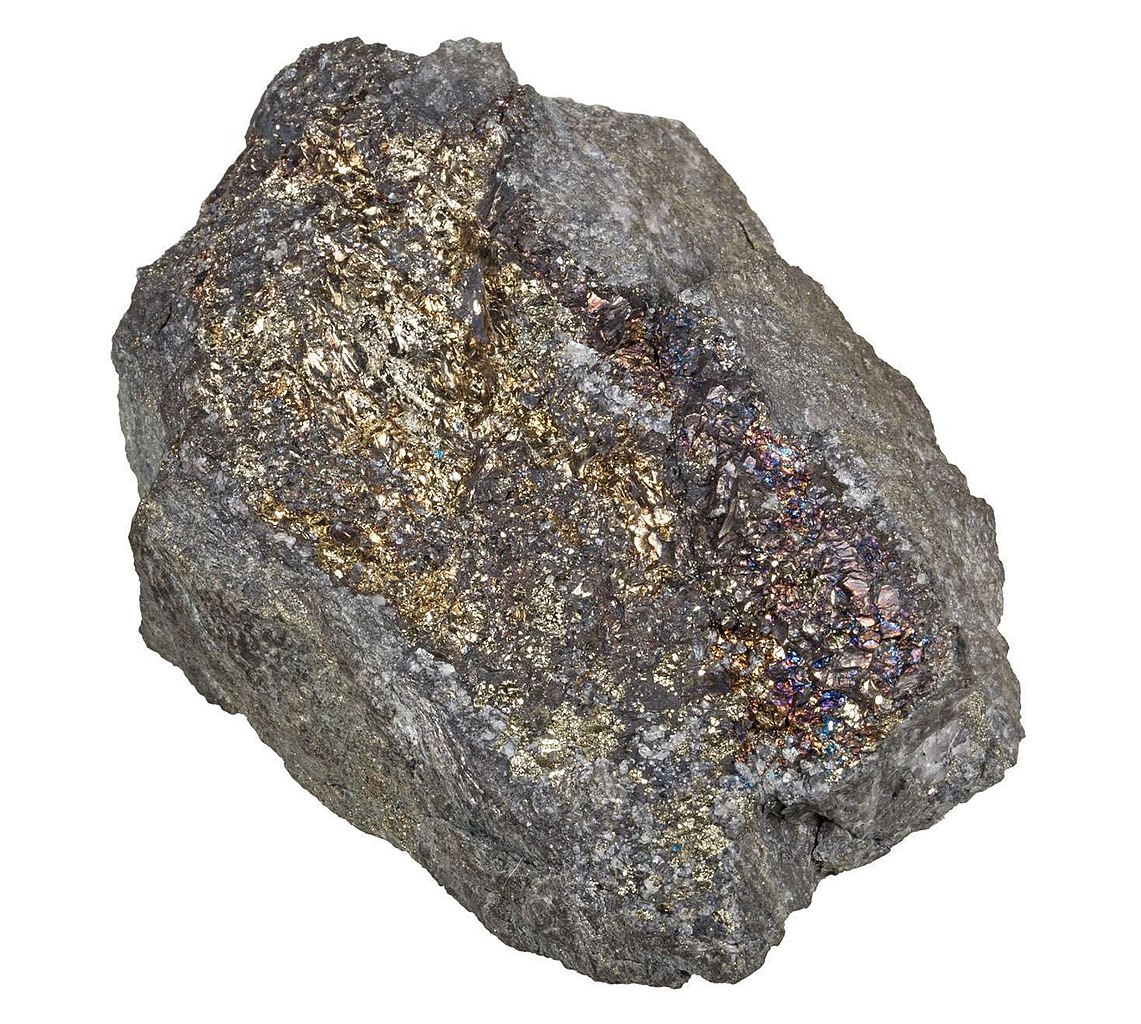
Source: Wikimedia
The mineral contains tellurium and mercury, both of which are highly toxic in high enough amounts. Be sure to take caution when working with this mineral as inhaling the dust will expose you to mercury and tellurium particles.
Quartz
Quartz is one of the most popular minerals in the world, and chances are you know someone who has a large crystal as a decoration piece in their home.
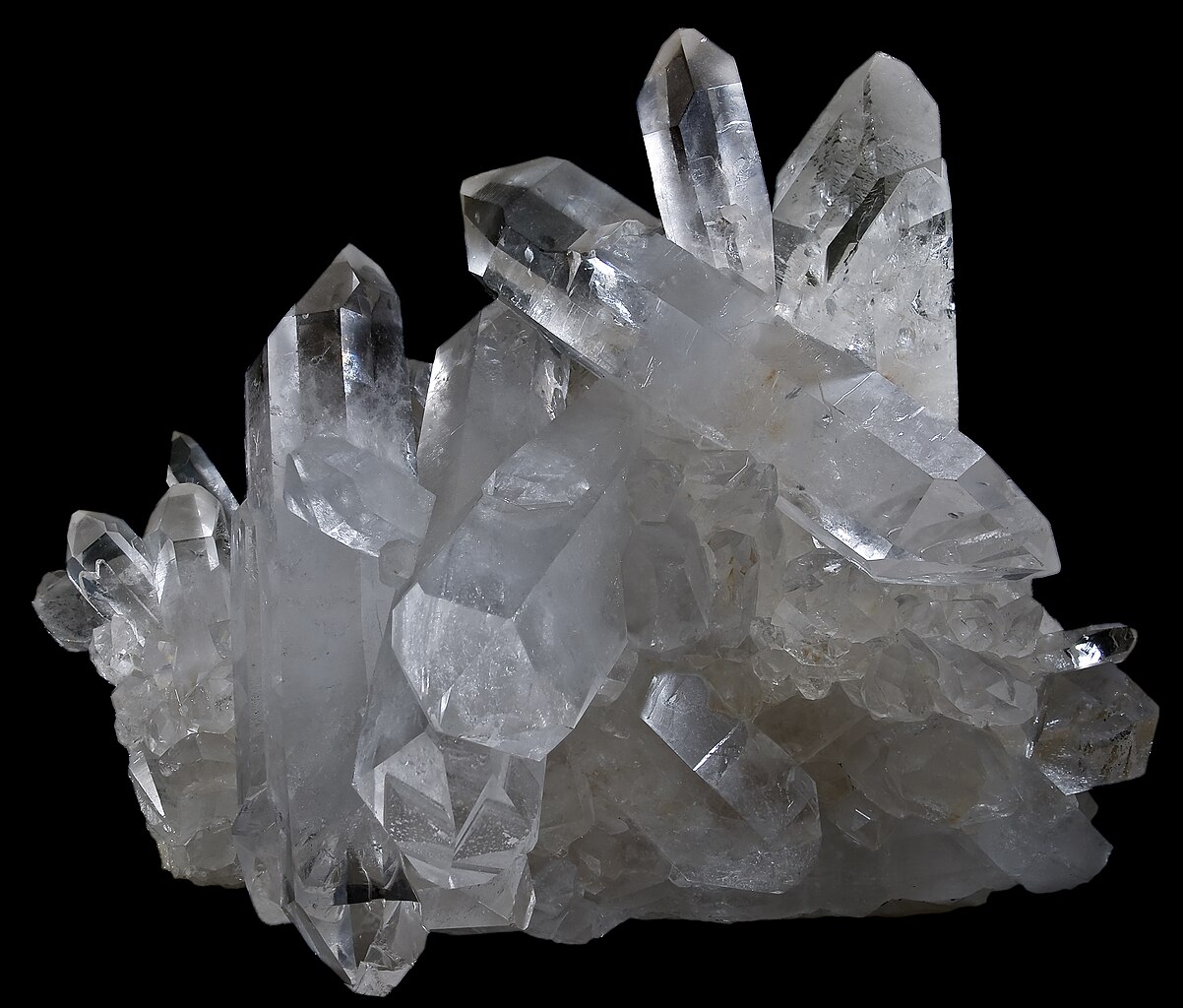
Source: Wikimedia
While it’s completely safe to touch and handle, dangers arise for those who work with the mineral. Breathing in the dust or particles from this gemstone can result in serious lung problems.
Chrysotile
Chrysotile is often referred to as white asbestos, and like others in the family it has been used as a heat resistance building material.
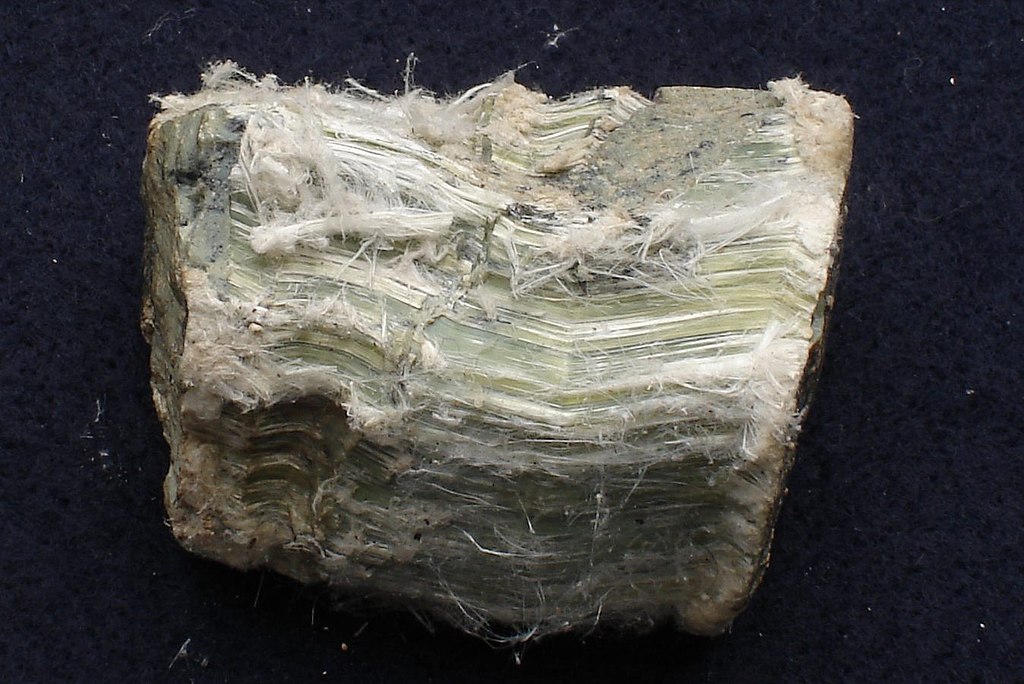
Source: Wikimedia
If you come into contact with this mineral its best to ensure you wear a mask as tiny fibers can break off into the air. Overexposure to the fibres can lead to serious lung problems.
Cobaltocalcite
Cobaltocalcite is a visually appeasing mineral known for its vivid pink color. Sometimes the mineral glows under ultraviolet light.
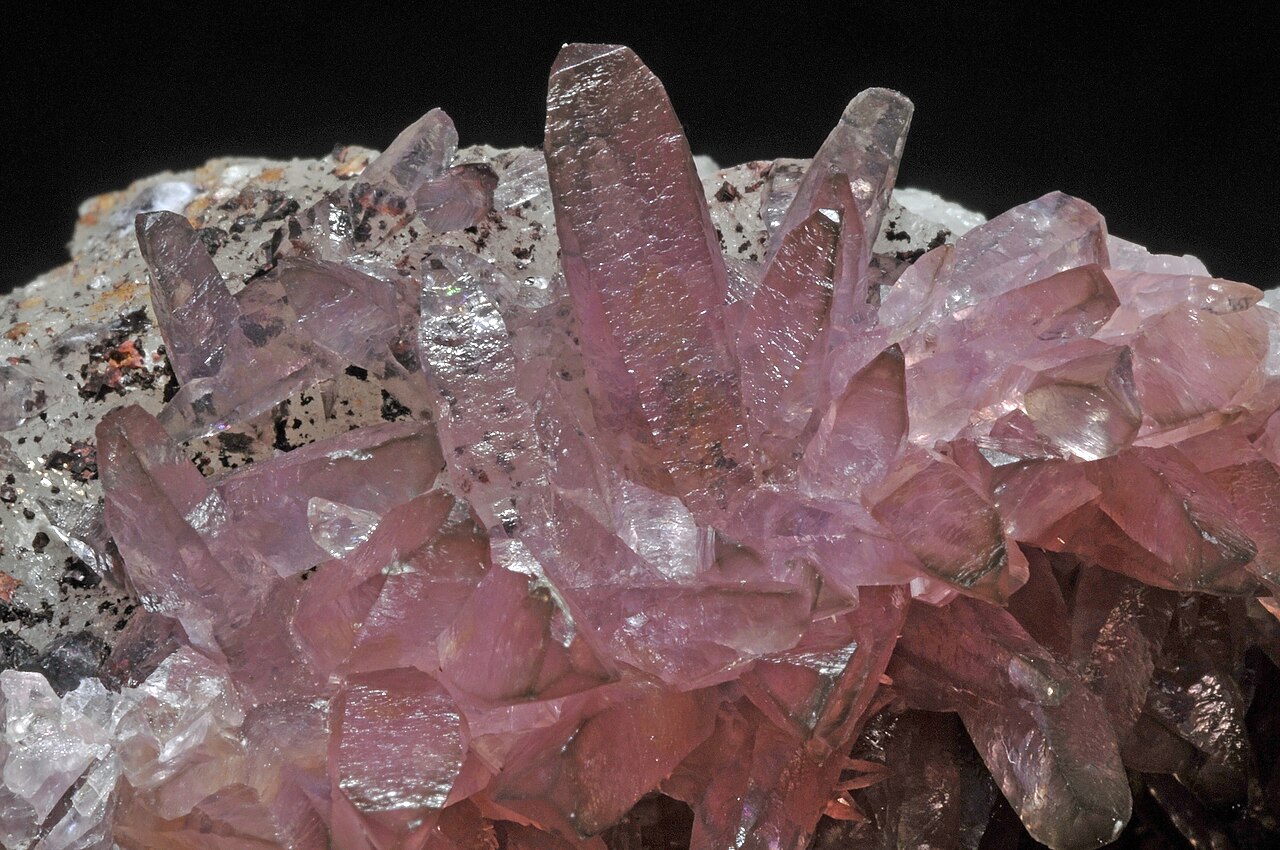
Bou Azer East deposit, Bou Azer, Bou Azer District (Bou Azzer District), Tazenakht, Ouarzazate Province, Souss-Massa-Draâ Region, Morocco
The mineral is generally safe to touch without the use of gloves. However, the cobalt, which gives Cobaltocalcite it’s pink color, is toxic when inhaled.
Erionite
Erionite is a mineral less heard off. It is a naturally occurring fibrous mineral that’s found in the hollows of rock formations.

Source: Wikimedia
While distinctive in its own right, various aspects of the mineral are similar to asbestos. The fibers of this mineral are extremely toxic if inhaled.
Crocidolite
Often referred to as blue asbestos, crocidolite is a fascinating mineral with a distinctive look, but it does pose several health risks.
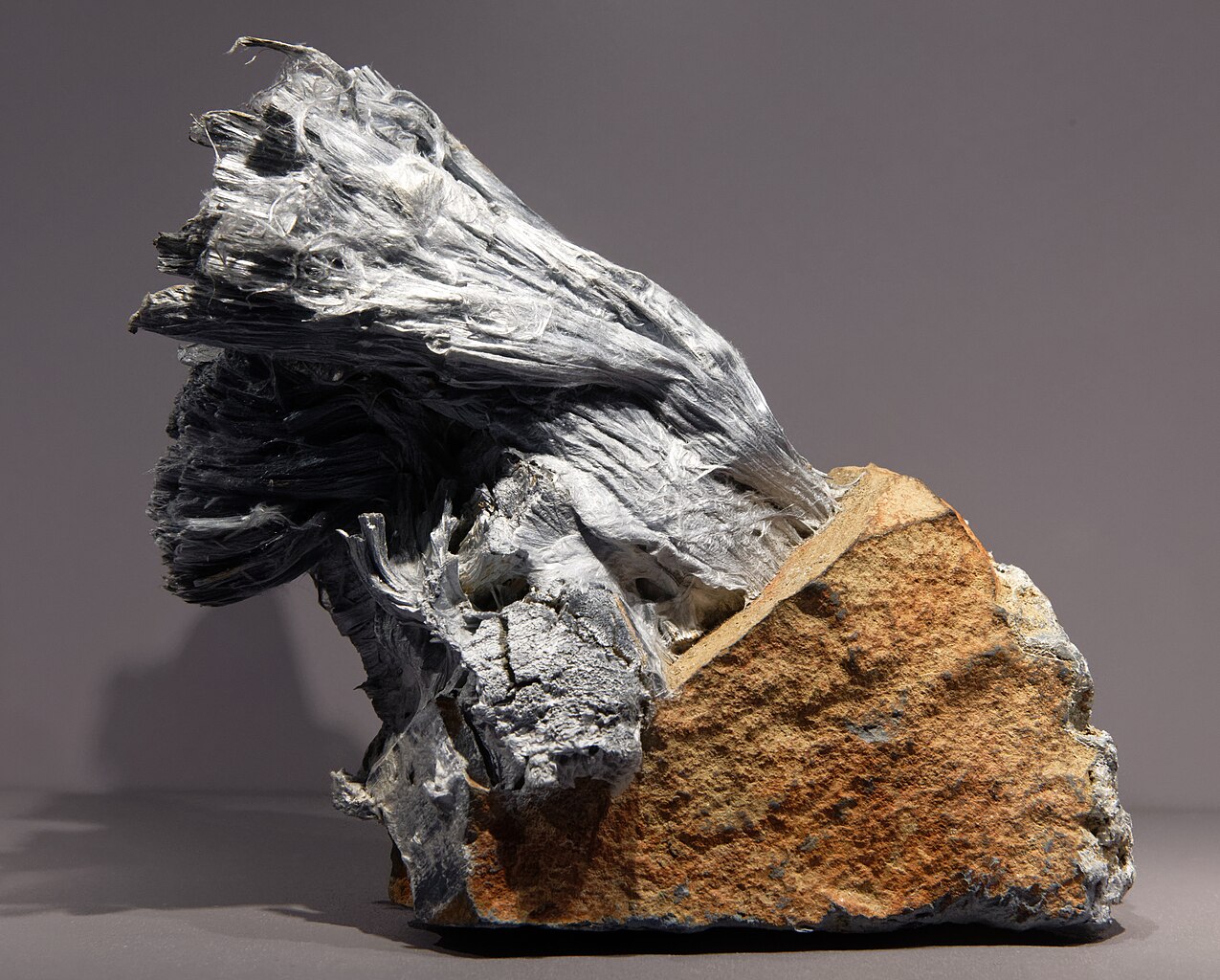
Source: Wikimedia
While it’s safe to handle, it’s crucial that you avoid breathing in any of the fibers of the mineral when working with it, as they can lead to several lung problems, including cancer.
How to Stay Safe Around Toxic Minerals
While many of the minerals mentioned on this list can lead to severe illness and possibly even death.

Source: Freepik
The most obvious option is to avoid touching the minerals. However, if you decide to handle them, there are several steps you can follow to keep yourself safe.
Use Protective Gear
Danger associate with minerals typically arise when handling them in an unsafe manner.
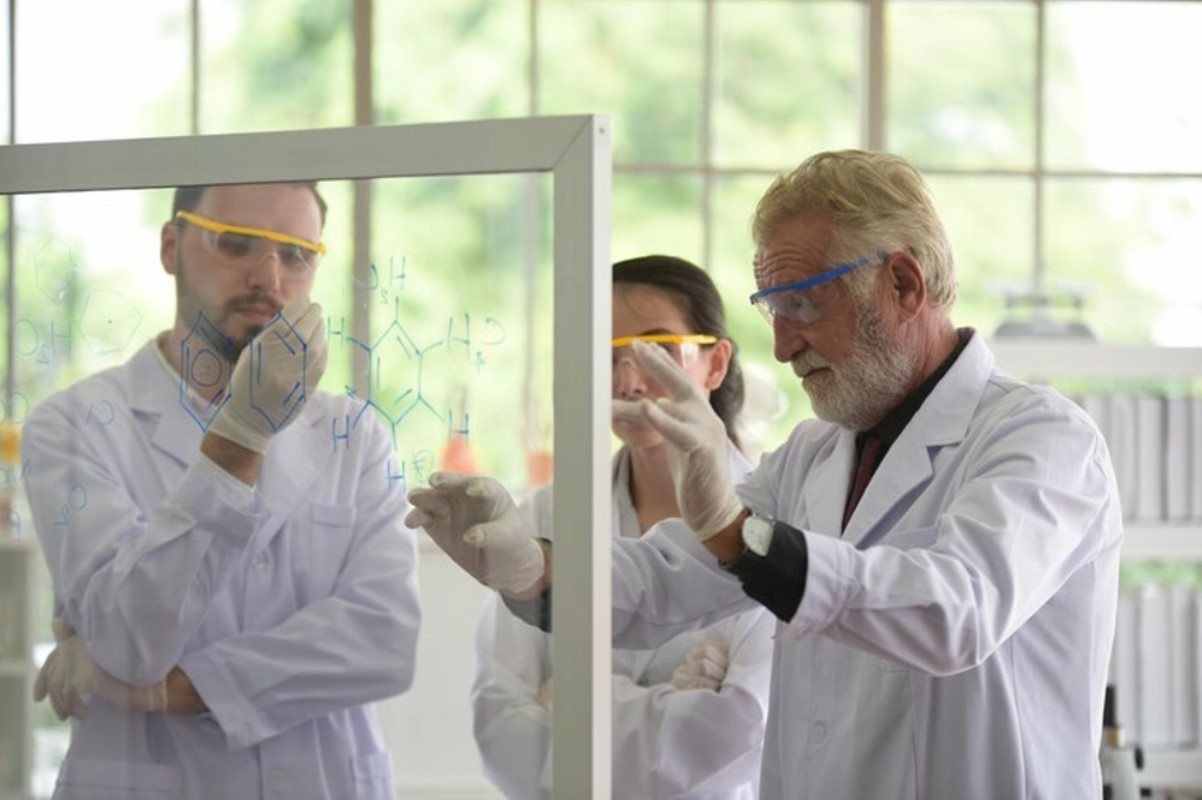
Source: Freepik
So, when handling the minerals wear protective gear. Purchase radio-active gloves and wear a mask when working with the minerals.
Toxic Minerals Can Be a Delight
Working with toxic minerals and gemstones can be a dangerous task. However, it doesn’t need to be.
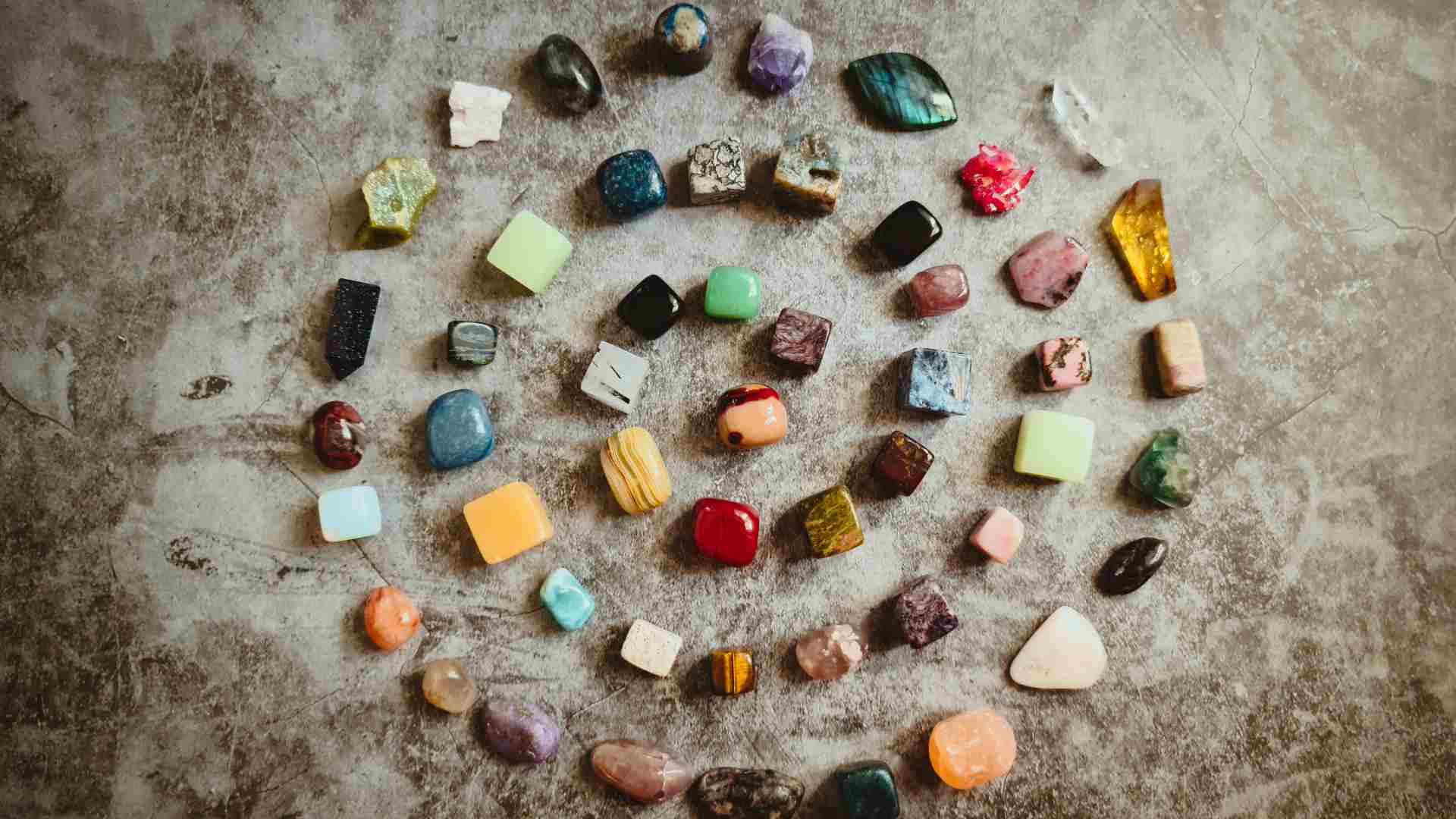
Edz Norton/Unsplash
By following simple protocols, you can work with various kinds of minerals without putting your health at risk. Each mineral has a different level of toxicity; so doing your own research before handling them will decrease your chance of risk.
